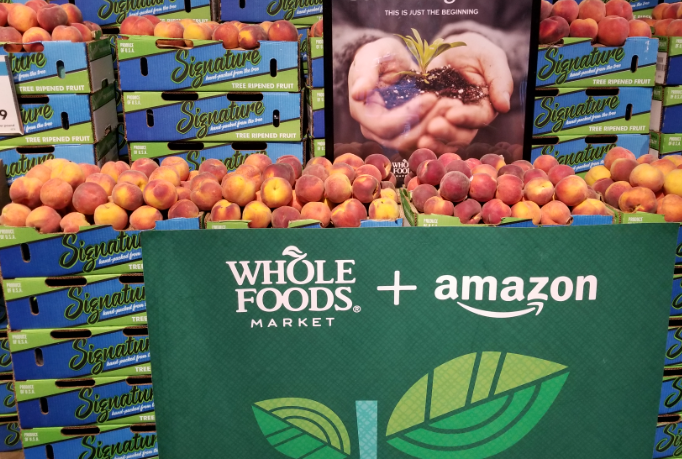I dropped by Hawaii Kai Safeway yesterday to visit the new HSFCU Credit Union branch. While there, I decided to see what food was on sale. All I can say is, “WOW.”
It’s been quite a while since I did “regular” shopping in a “regular” grocery store. Usually, I cater my menu around whatever the warehouse stores are selling. Now I remember why. As warehouse stores expand their offerings, fewer and fewer items are exclusive to the regular supermarket. When they are, they are appropriately higher priced.
Granted, for warehouse stores, there is the selection issue. For instance, I bought ice cream at Safeway. (Because — of course — I deserve some) This is an area where it would be hard for a warehouse store to stock the vast varieties of flavors needed to create a collection.
It’s hard to imagine a national behemoth of a chain like Safeway with assets of 17 billion being an underdog. In fact, it bears noting that Safeway is just a subsidiary of an even larger entity: Albertsons. Albertsons is also something of an underdog, with talks underway for it to be acquired by Kroeger, an even larger supermarket parent company.
By now, you may be wondering how you can avoid this mass consolidation effort and promote more variety, selection and price competition. I wonder that too. Here in Hawaii, Foodland is still locally-owned. Times Supermarket was sold by Hawaii’s Teruya family many years ago to Don Quixote, an international chain headquartered in Japan.
Don Quixote also owns Marukai Wholesale Mart in Kalihi. (In case you didn’t already know, there is no longer a membership fee to shop at Marukai, but traffic can be tricky due to construction of the rail system nearby) For this reason, Times, Don Quixote and Marukai have substantial vendor clout in their specialty area of imported non-perishable and semi-perishable goods and competes on uneven footing against Albertsons (Safeway) and Kroeger for the remainder of goods. Foodland has even less vendor clout.
Summarizing this quickly, as large retailers get larger and swallow up the competition, consumers have fewer choices. As smaller competitors disappear, choice disappears, whether in terms of price, service, convenience, or even the jobs we can hold.
What will happen to Hawaii’s small businesses? I genuinely don’t know. The one factor that could level the playing field is also affected by consolidation. That factor is technology. However, when well-run, technology does not have to be location-based. Herein, lies yet another problem.
It seems to me that when it comes to technology, we have the opposite side of this equation here in Hawaii. All of the remote tech workers are choosing Hawaii, thereby squeezing out those that have resided here for decades. They’re buying houses and shopping for — and outbidding — long-time kamaaina for the same goods.
To be clear, I don’t state this as an us versus them issue. I embrace all that choose Hawaii. Rather, I ask this question in a way that asks for a solution: how can we leverage technology in our glorious State to promote more competition that allows us to continue our egalitarian values with aloha?
Because I have no answers, I’ll end this here, letting it — as I say in when contemplating new ideas — marinate.
